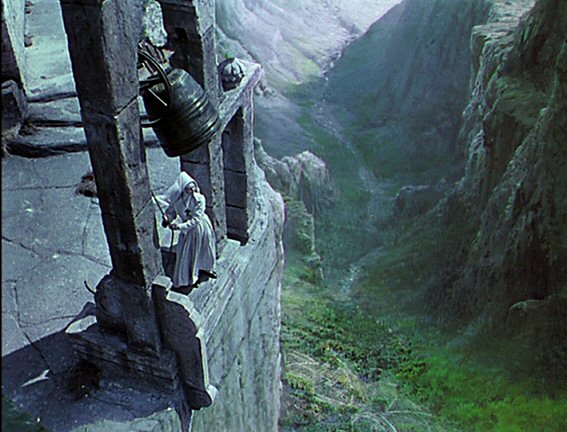Wallace Stevens writes in “Imagination as Value”: “The truth seems to be that we live in concepts of the imagination before reason has established them.” Both imagination and reason are the chief mechanisms of constructing our worldview: postulated first by imagination and henceforth affirmed by reason. Elsewhere Stevens talks of noble art as “imagination pressing back against the pressure of reality,” acknowledging creativity as the potential force of disentangling men from the fetters of mundanity. These two meditative epigrams posit our perceptions of the world as shaped largely by imagination- not that of a virginal imagination perhaps but one that is refined by the developing of a cognition. But, one may ask, what is the genesis of our cognition? Is it yet another product of the imaginative faculty? Or is it also partly in thrall to the tyranny of reason? In the midst of such paradoxical argument a plausible interpretation arises: imagination and reason are, in essence, two sides of the same coin.
Michael Powell and Emeric Pressburger’s Black Narcissus probes into exactly along the line of the above paradox: the gradual merging of imagination and reason in human perceptions, and the tragedy that results from a forceful endeavour of telling the two apart. The story, though borrowing elements that are rather hackneyed, is a complex, labyrinthine affair that encompasses religion, morality, allegory, romance, horror, and even some light doses of fantasy. A small group of Anglican nuns, led by the austere, hard-headed Sister Clodagh, journeys to a hinterland of the Himalayas to carry out their evangelical mission of establishing school and hospital. No sooner do they settle in the dilapidated palace, once home to a lascivious emperor and his harem, than they are assailed from all sides by worldly temptations, their ruling passion driving them further away from the path that their faith calls for. Curious events unfold: Sister Ruth, who shows signs of unhingedness prior the trip, fastens her ravening heart on a local British agent; Sister Clodagh is brought back incessantly to the memory of a failed romance, a heartbreak that induces her to relinquish all and join the Order; another Sister takes a sudden fancy to tempestuous, odorous flowers; all are dogged nightly by the howling wind.
The photography of the film is instrumental in augmenting that feeling of suspense and disquietude. Jake Cardiff, the cinematographer, cited Johannes Vermeer as the chief influence of his creation. There are indeed visual similarities between those two: the pictorial arrangement, the emphasis on optical phenomena, and the deft handling of light that engenders a rather natural, convincing chiaroscuro. In regard to the chromatic scheme, however, the use of vibrant, blazing technicolour gives the film an unnerving, almost implausibly futuristic aura of the surrealist painting. All of these aesthetic elements, highly revolutionary the time Black Narcissus was made, conspire in throwing into relief the stoical, rigorous, repressed inner world of Christian devotees, whose semblance of religious fervour ultimately gives way to an already shaky belief and mounting self-doubt.

Comments
Post a Comment